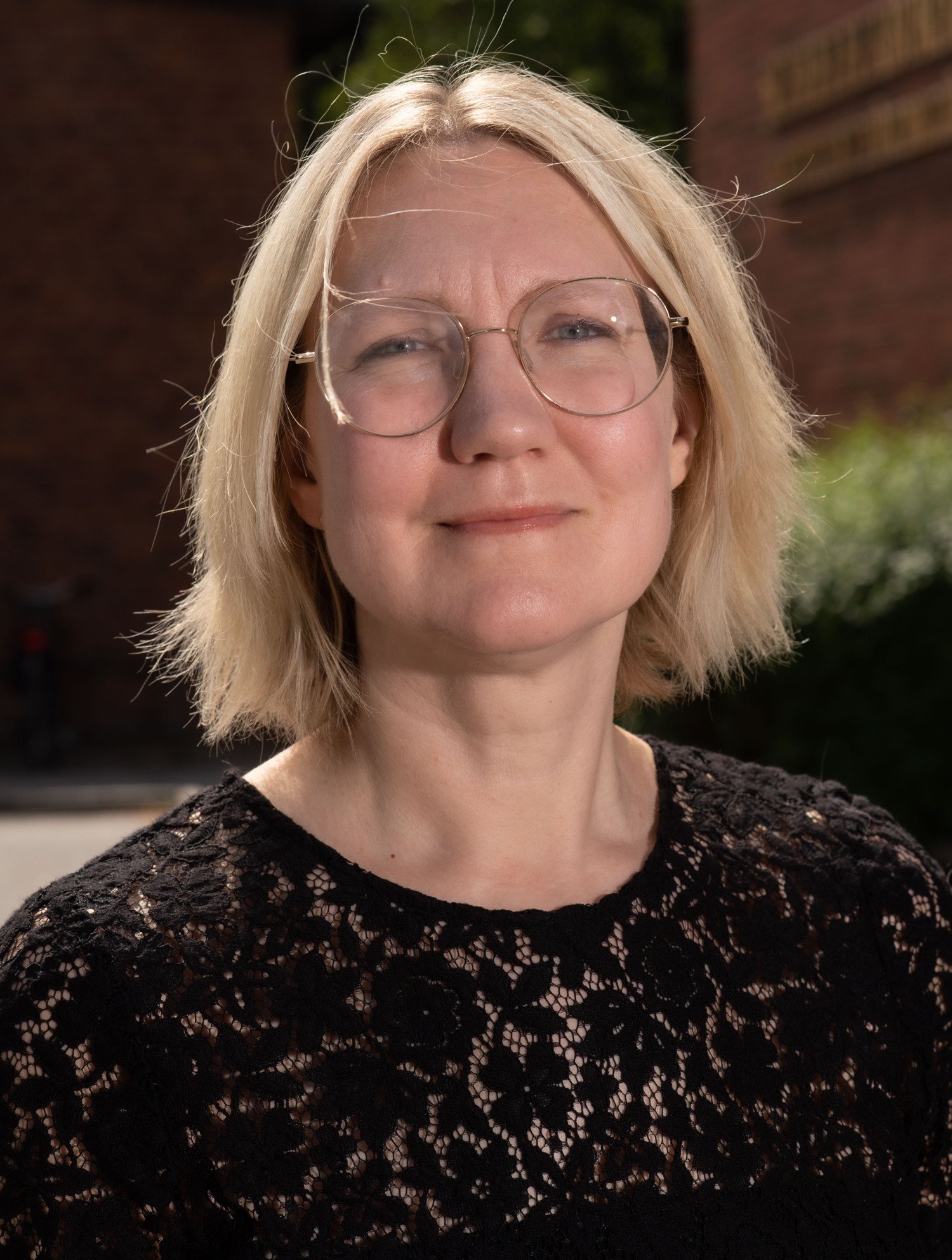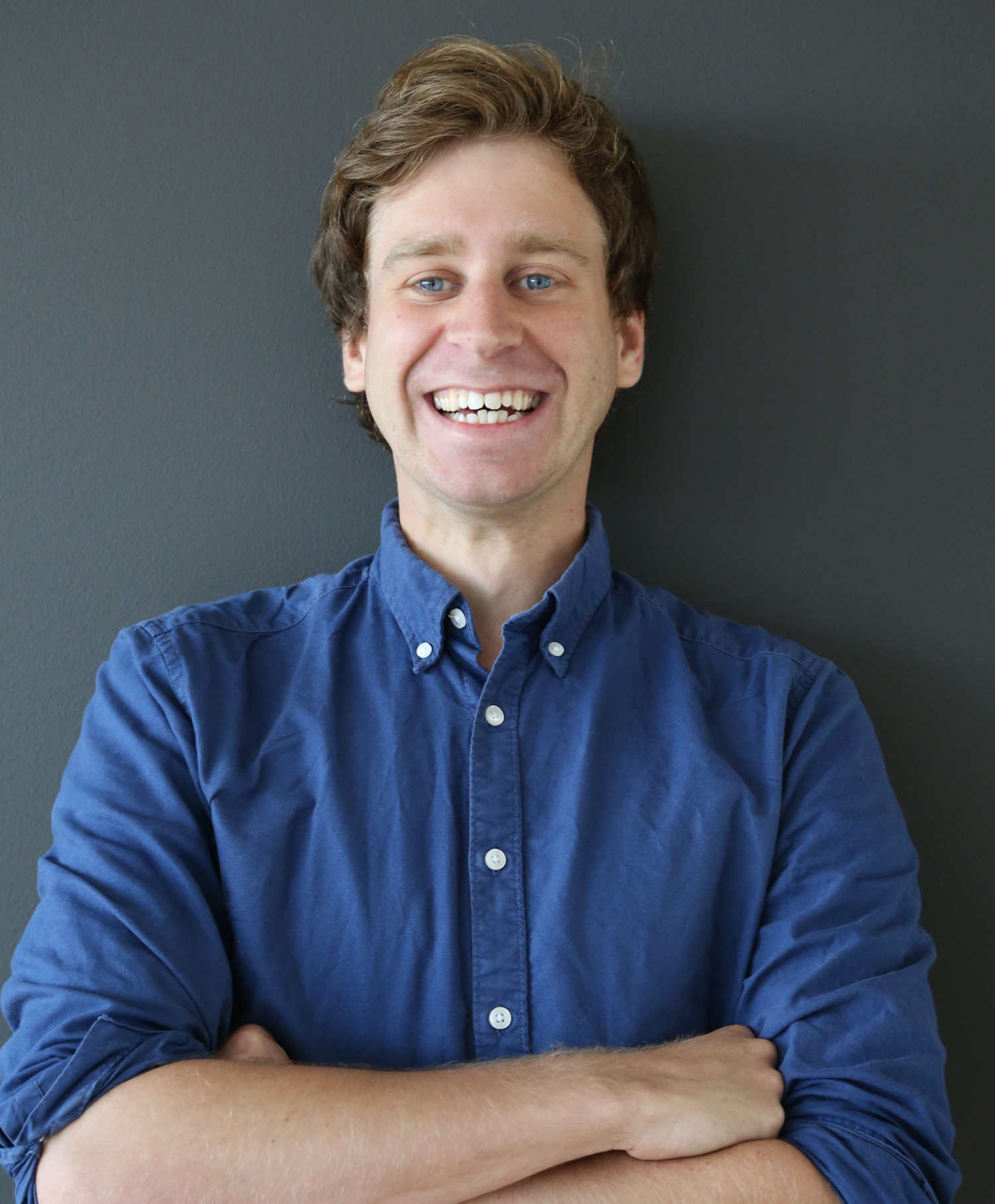Using a new technique, long-read sequencing, that allows DNA to be analyzed in much greater detail than before, a team of Swedish clinicians and researchers has discovered an unexpected complexity in chromosomal abnormalities. The study opens the door to more precise and effective treatment of patients with rare diseases that currently lack clear diagnoses.

For patients with rare diseases caused by complex chromosomal abnormalities, current standard methods in routine care have been insufficient. However, the new technology, long-read sequencing, can change this. It enables the reading of DNA sequences up to 50 times longer than is possible with traditional sequencing, providing a much deeper insight into the genetic profile of patients.
A Swedish research team has now used long-read sequencing to analyze chromosomal abnormalities in patients with complex health conditions. The results surprised researchers as the technique revealed even greater genetic complexity than previous methods had shown.
"We were surprised by the results from long-reading of DNA. We discovered a greater complexity than we had expected for all types of abnormalities," says the study's last author Anna Lindstrand , Professor of Clinical Genetics, Department of Molecular Medicine and Surgery, Karolinska Institutet and Chief Physician at Karolinska University Hospital.
Many patients with these complex chromosomal abnormalities suffer from developmental delays, but there are also cases where individuals are healthy and only seek care because of fertility problems. In these cases, the chromosomal abnormalities do not cause any symptoms in the individual, but may lead to difficulties in conceiving or medical problems in the child.
Collaboration across research centers
The study, led by researchers at Karolinska Institutet and Uppsala University, has involved clinicians and researchers from across Sweden.
"The strength of the project lies in the broad collaboration between researchers and clinicians from all Genomic Medicine Centers and national research platforms, Clinical Genomics and National Genomics Infrastructure, at SciLifeLab. We were able to test this ground-breaking technique on clinical samples," explains the study's last author Lars Feuk, Professor at Uppsala University and Co-director of the SciLifeLab National Genomics Infrastructure.
In total, 16 samples from 13 families were analyzed, involving clinical laboratories from Sweden's university healthcare regions.
Practical benefits for the clinic
An important question the study answers is that DNA prepared according to current standard methods in the clinic, and already stored in biobanks, can be used for long-read sequencing. This makes the technology easier to introduce into routine healthcare, saving both time and money.
"Special preparation for long reads can give slightly longer sequences, but we suggest using standard DNA protocols to reduce costs and processing time," adds Lindstrand.

Diagnostics of the future
A dedicated bioinformatics analysis workflow - known as a pipeline - has been developed to interpret the detailed data provided by long-read sequencing.
"We have built a pipeline that allows us to put the pieces together and solve the puzzle of chromosomal aberrations. This technology is ready to be implemented in clinical use," says the study's first author Jesper Eisfeldt , a researcher at the Department of Molecular Medicine and Surgery, Karolinska Institutet.
Although long-read sequencing is still more expensive than traditional methods, the researchers predict that within five years the technology will become standard in clinical diagnostics of rare diseases.
"There is an extremely rapid development of long-read sequencing technologies, which means that more and more individuals will be analyzed with higher precision and at a lower cost," says the study's first author Adam Ameur, a bioinformatician at Uppsala University and SciLifeLab National Genomics Infrastructure.
The increased precision could also reduce the need for multiple parallel tests, which would further lower costs.
"This study shows that the step to clinical implementation of long-read sequencing is shorter than we thought," concludes Anna Lindstrand.
Publication
"A national long-read sequencing study on chromosomal rearrangements uncovers hidden complexities" , Jesper Eisfeldt, Adam Ameur, Felix Lenner, Esmee Ten Berk de Boer, Marlene Ek, Josephine Wincent, Raquel Vaz, Jesper Ottosson, Tord Jonson, Sofie Ivarsson, Sofia Thunström, Alexandra Topa, Simon Stenberg, Anna Rohlin, Anna Sandestig, Margareta Nordling, Pia Palmebäck, Magnus Burstedt, Frida Nordin, Eva-Lena Stattin, Maria Sobol, Panagiotis Baliakas, Marie-Louise Bondeson, Ida Höijer, Kristine Bilgrav Saether, Lovisa Lovmar, Hans Ehrencrona, Malin Melin, Lars Feuk, and Anna Lindstrand. Genome Res. 2024 Oct 29. doi: 10.1101/gr.279510.124. Online ahead of print.
Long-read sequencing
- Longer read distances: Long-read sequencing can read DNA strands of 10 000 base pairs or longer, which is significantly longer than traditional methods such as short-read sequencing, which reads 100-300 base pairs.
- Higher accuracy for complex regions: The technique is particularly useful for analyzing complex regions of the genome, such as repetitive sequences and structural variations, which can be difficult to sequence correctly with shorter reads.
- Common technologies: The two most widely used technologies for long-read sequencing are Pacific Biosciences (PacBio) and Oxford Nanopore Technologies, which use different methods to sequence DNA.
- Applications: Long-read sequencing is used in fields such as genetics, cancer research, and evolutionary biology to detect complex mutations, study genome variations, and for whole-genome sequencing of new species. Long-read sequencing also provides information beyond sequencing data, such as epigenetics (methylation), i.e. how a gene is turned on and off.






